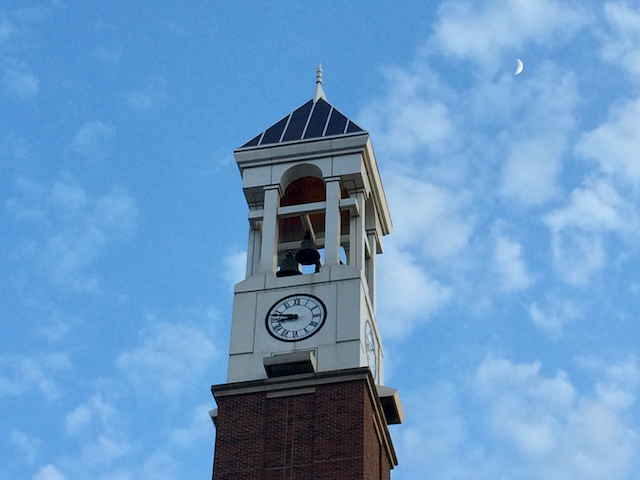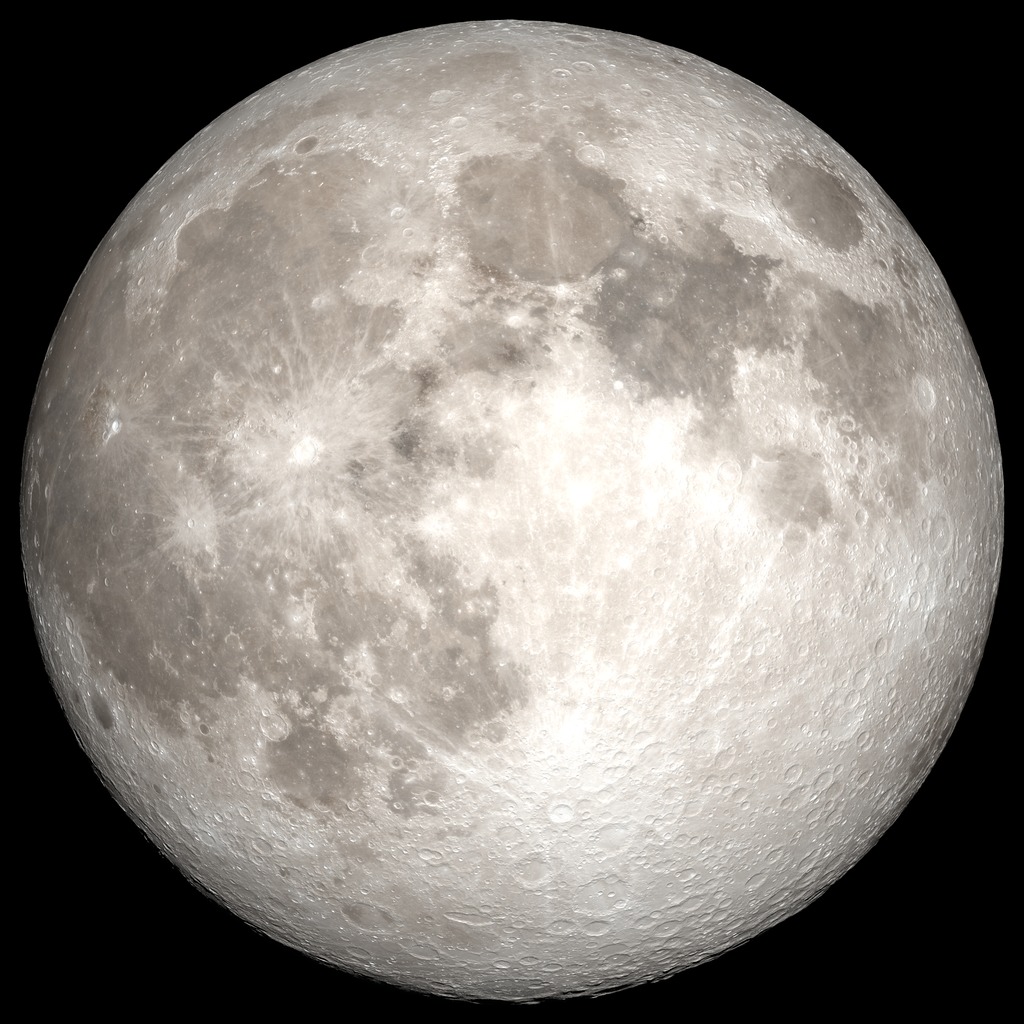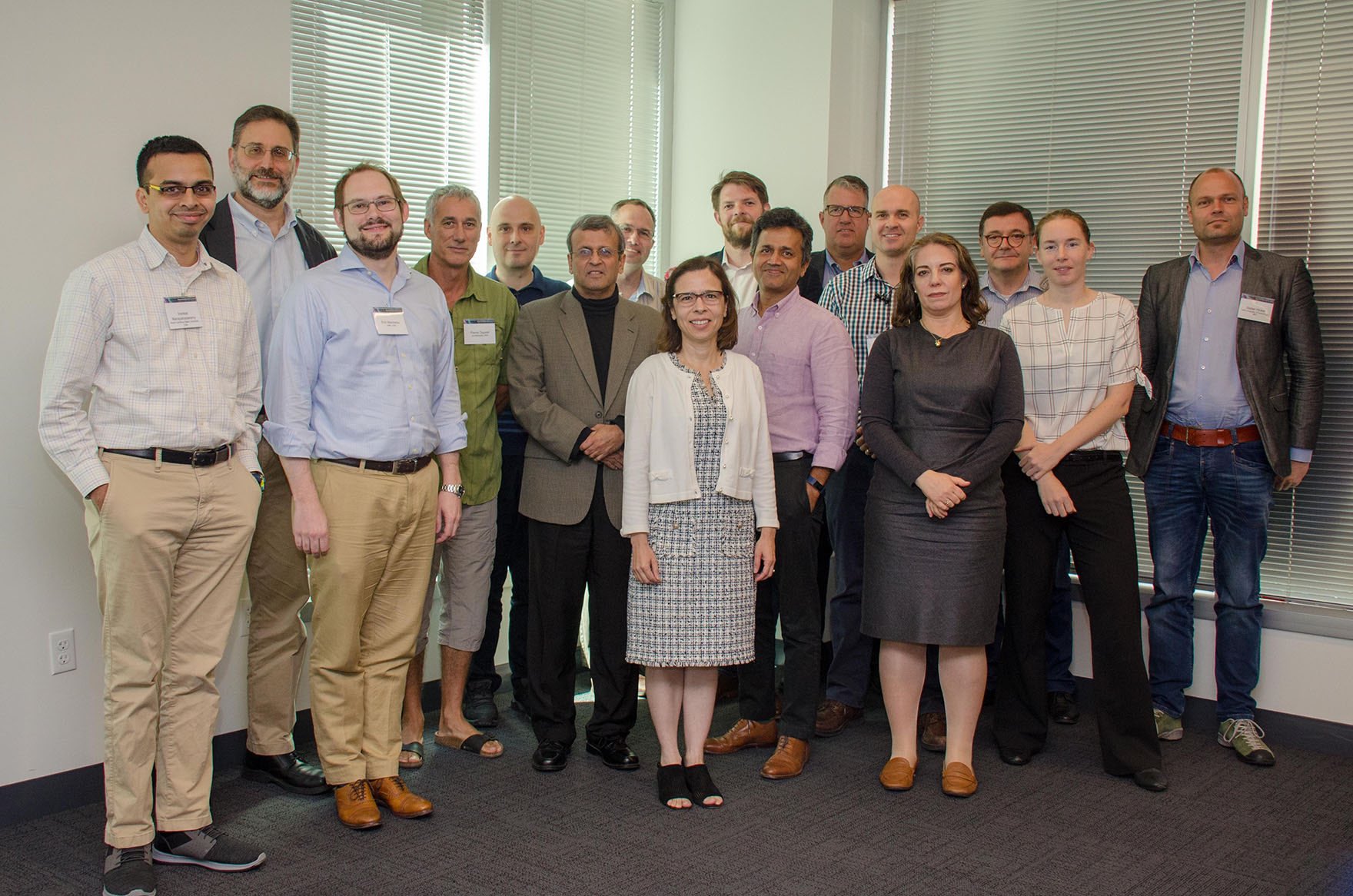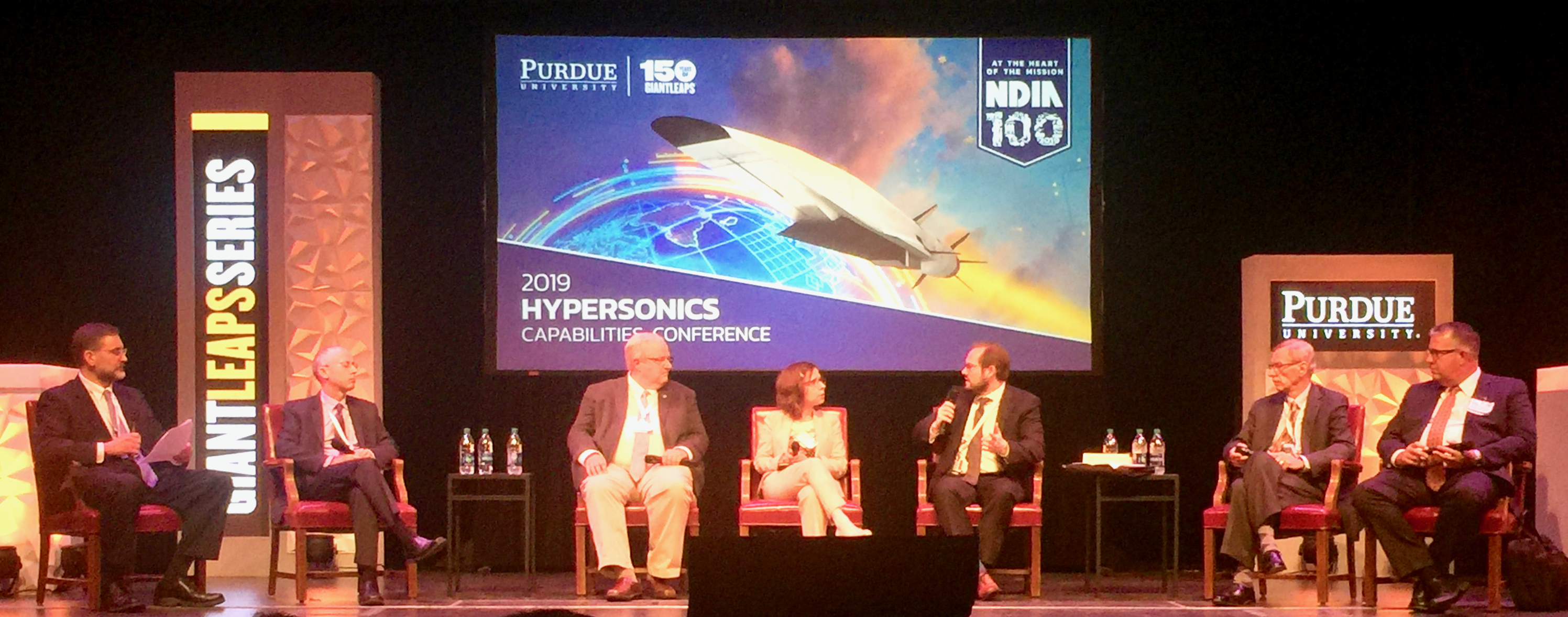Flow Resolution
News in 2019-2020 from Prof. Poggie's research group.
Recent Reading
W. L. Oberkampf and C. J. Roy, Verification and Validation in Scientific Computing, Cambridge University Press, Cambridge, 2010. ISBN-13: 978-0521113601.
In my own lifetime mathematical modeling on the computer has progressed from a novelty to a pervasive tool for decision making. Some of these decisions have very high consequences: Will this bridge collapse? Is this reactor safe? Will this control system provide stable flight? Assessing the correctness of predictions is a necessity.
Oberkampf and Roy (2010) is an encyclopedic textbook on this process. The authors detail the processes of verification (proving that you solved the equations right), validation (proving that you solved the right equations), and uncertainty quantification (estimating how far off your prediction could be). They also include some useful information about management of teams performing this process, and about past experience of the personal interactions involved.
The downside of VV&UQ is that it is a lot of work. Talking about the process in the nuclear industry (pp. 730-731), the authors state: "[T]here is credence to the argument that the procedures are so demanding that they severely constrain the introduction of improved mathematical models and numerical algorithms." On the other hand, the consequences of misleading predictions can be high. At the very least, the "repercussion[s] can be expensive, humiliating, and damaging to the confidence of the organization responsible for the simulations" (p. 735).
Oberkampf and Roy (2010) end the text with a call for wide training in VV&UQ, and an appreciation that the effort invested will lead to significantly improved quality and value in computational analyses. Interestingly, they endorse (p. 746) broad experience in experiment and computation: "It has been our experience that individuals who have experience in both computational and experimental methods are the most adept at grasping the philosophy of validation and the principles for design and execution of validation experiments." As a former experimentalist, I can only agree.
AAE COVID-19 Information
The School of Aeronautics and Astronautics now has a COVID-19 Webpage with status updates and resources for students, faculty, and staff. Since we are all getting an overwhelming amount of email on the subject, and the situation is changing very rapidly, this summary reorganized in one place should be very helpful.
USGS Explains Capillary Action
A nice picture on the US Geological Survey website illustrating capillary action in narrow tubes. Intro. fluids students: If you see a diagram like this on an exam, we're usually assuming that the tubes are not narrow! A puzzle for advanced fluids students: At what tube diameter would a negative pressure (tension) appear for water in a glass tube? If negative pressures in liquids bother you, take a look at this Annual Review of Fluid Mechanics article.
Piece in Science on Hypersonics
Interesting piece on hypersonics in Science by Richard Stone, with quotes from me, Mark Lewis, Dan DeLaurentis, and others.
NASA 2020 Dial-A-Moon
For your entertainment in this new year, here is NASA's Moon Phase and Libration, 2020.
Recent Reading
S. Plokhy, Chernobyl: The History of a Nuclear Catastrophe, Basic Books, New York, 2018. ISBN-13: 978-1541617094.
D. Lochbaum, E. Lyman, and S. Q. Stranahan, Fukushima: The Story of a Nuclear Disaster, The New Press, New York, 2014. ISBN-13: 978-1595589088.
Given the recent resurgence of interest in nuclear reactors as a source of electrical power with low carbon dioxide emissions, I've had these books on my reading list for a while. Plokhy (2018) methodically documents the series of disastrous decisions that led to the April 1986 Chernobyl catastrophe. Lochbaum et al. (2014) provide an account of the meltdown of three reactors at the Fukushima Daiichi complex in March 2011, a result of the extended power outage that followed the tsunami. As asides, Lochbaum et al. also recount the 1979 partial meltdown of the Three Mile Island reactor in Pennsylvania, and Plokhy discusses the 1957 Kyshtym disaster in Russia. These are among the most serious nuclear accidents to date.
As companion reading, Wikipedia provides a disturbing list of nuclear and radiation accidents and a useful list of radiation units (which are numerous and confusing to the uninitiated).
A key takeaway from these incidents is the need to track down small deviations from expected system behavior. You can't sweep these under the rug; physics carries on even if you ignore it. The second lesson is that it is very hard to prepare for extremely unlikely, but high consequence, events. These lessons apply to any complex system, including our own work in software and aerospace systems.
Despite these disasters, I still consider nuclear power to be an important part of the portfolio of methods of electrical power generation. New types of reactors, such as small modular reactors, may prove to be a safer alternative to the large-scale facilities that have been subject to such accidents.
2019 Winter Commencement
Tugba Piskin (right) graduated at Purdue's winter commencement, the first Ph.D. student to graduate from Prof. Poggie's group at Purdue. Tugba completed her PhD defense back in April. Poggie is at center, and current Ph.D. student Akshay Deshpande is at the left. (Photo by Stacy Clardie.)
Workshop on Separation Unsteadiness
Many thanks to the participants in the 2019 Workshop on Unsteadiness of 2D Shock-Separated Boundary Layers, particularly those who traveled so far to attend! There was much productive discussion, and I hope many will be able to attend our follow-on meetings. (Photo courtesy of AFOSR.)
Forced Compression Ramp Flow
My recent AIAA Journal article (DOI: 10.2514/1.J058504), examined the effect of forcing on a separated compression ramp interaction. The movie below shows Case 3 from the paper; the orange contours show skin friction magnitude and the gray contours indicate density. The key take-away is that separation motion can be locked into upstream forcing of a particular form. This finding has practical implications for flow control and in interpretation of wind tunnel data in the presence of background disturbances.
Movies of each of the cases discussed in the paper are available here.
Panel on University Hypersonic Research Partnerships
Purdue is hosting the NDIA 2019 Hypersonic Capabilities Conference this week, and today we had an outstanding panel discussion on University Hypersonic Research Partnerships. Left to right in the picture: J. Poggie, I. Boyd, R. Cummings, I. Leyva, E. Marineau, T. Corke, and J. Schmisseur. (Photo by R. Bowersox.)
Nothing Left to Do
There is nothing new to be discovered in physics now. All that remains is more and more precise measurement. - Attributed variously to Lord Kelvin and A. A. Michelson, ca. 1900
Occasionally, I've heard students express a feeling that a given area of science is now well understood, that everything is known, all intellectual endeavor is complete, and in particular that all of the major scientific problems have been solved. In a related vein, there is the sense that no significantly different new technology will appear. Mid-semester negativity aside, this is a false impression that you get from taking classes. In the classroom, well-explored topics are neatly organized and packaged for your instruction and consumption. Once you get into real research, or design of a system that is outside the ordinary, you quickly encounter the limits of existing knowledge.
A student once accused me of inventing a subject because he couldn't find it on the internet. If this happens to you, congratulations, you've hit the real world and have a chance of making an interesting contribution.










